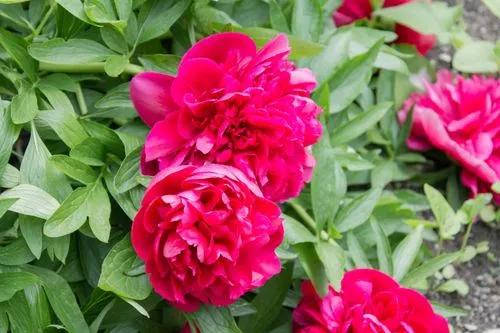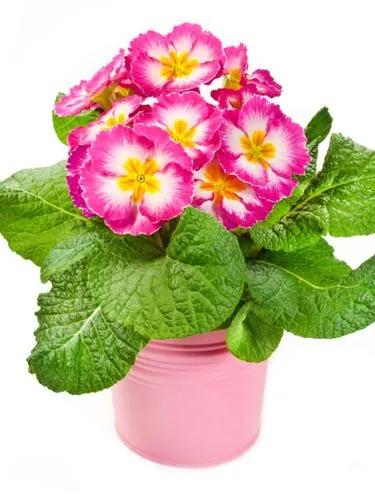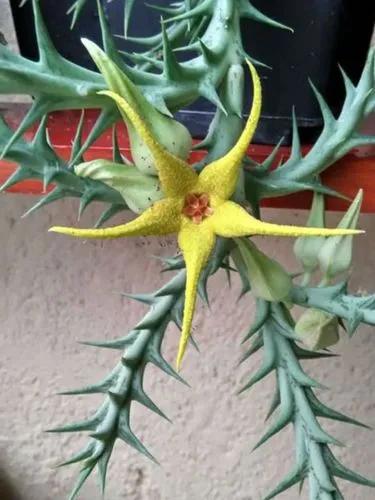Styphnolobium japonicum (L.) Schott, the Japanese pagoda tree (Chinese scholar tree, pagoda tree; syn. Sophora japonica) is a species of tree in the subfamily Faboideae of the pea family Fabaceae. It was formerly included within a broader interpretation of the genus Sophora. The species of Styphnolobium differ from Sophora in lacking the ability to form symbioses with rhizobia (nitrogen fixing bacteria) on their roots. It also differs from the related genus Calia (mescalbeans) in having deciduous leaves and flowers in axillary, not terminal, racemes. The leaves are alternate, pinnate, with 9–21 leaflets, and the flowers in pendulous racemes similar to those of the black locust.
Japanese Pagoda Tree Care
Styphnolobium Japonicum



Styphnolobium japonicum, commonly called Japanese pagoda tree or Chinese scholar tree, is native to China and Korea, but not Japan. It is a medium to large deciduous tree that typically matures to 50-75’ (less frequently to 100’) tall with a broad rounded crown. It is generally cultivated for its attractive compound foliage and fragrant late summer flowers. Pinnate leaves (to 10” long), each with 7-17 oval, lustrous, dark green leaflets, remain attractive throughout the growing season. Leaves retain green color late into fall, resulting in no fall color or at best an undistinguished greenish yellow. Small, fragrant, pea-like, creamy white flowers (each 1/2” long) bloom in late summer in sweeping terminal panicles to 12” long and to 12” wide. Flowers fall to the ground around the tree after bloom covering the ground with a blanket of white. Flowers give way to slender, 1- to 6-seeded, knobby, bean-like pods (to 3-8” long) that mature to brown in fall and persist into winter. Although not native to Japan, the specific epithet and common name seem to recognize the early use of the tree in Japan around Buddhist temples. Formerly known as Sophora japonica. Specific epithet means of Japan but this tree is not native to Japan.
How to Care for the Plant

Popularity

579 people already have this plant 93 people have added this plant to their wishlists
Discover more plants with the list below
Popular articles






